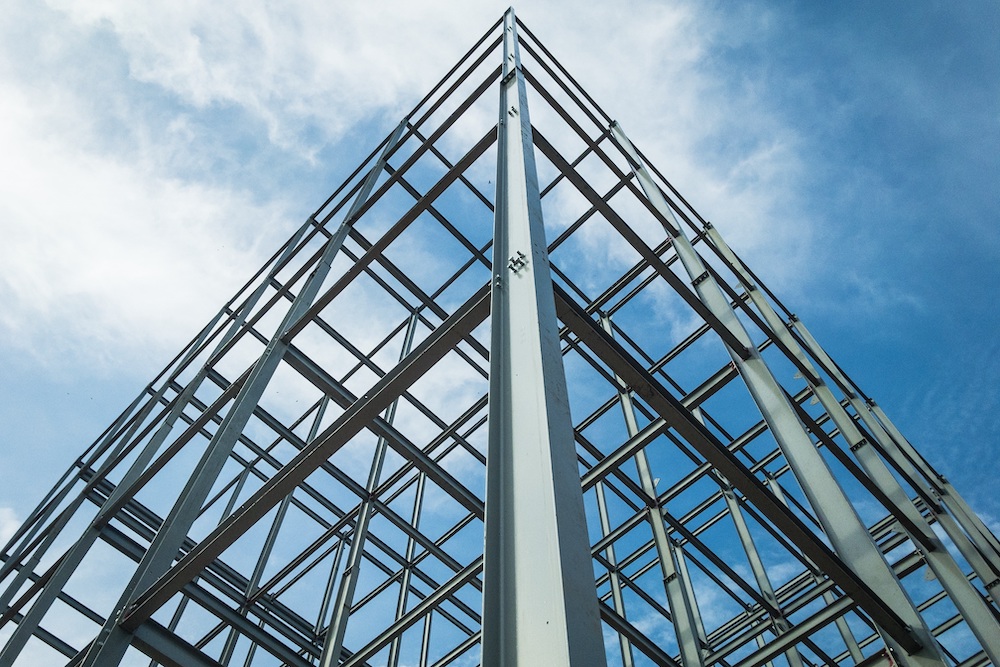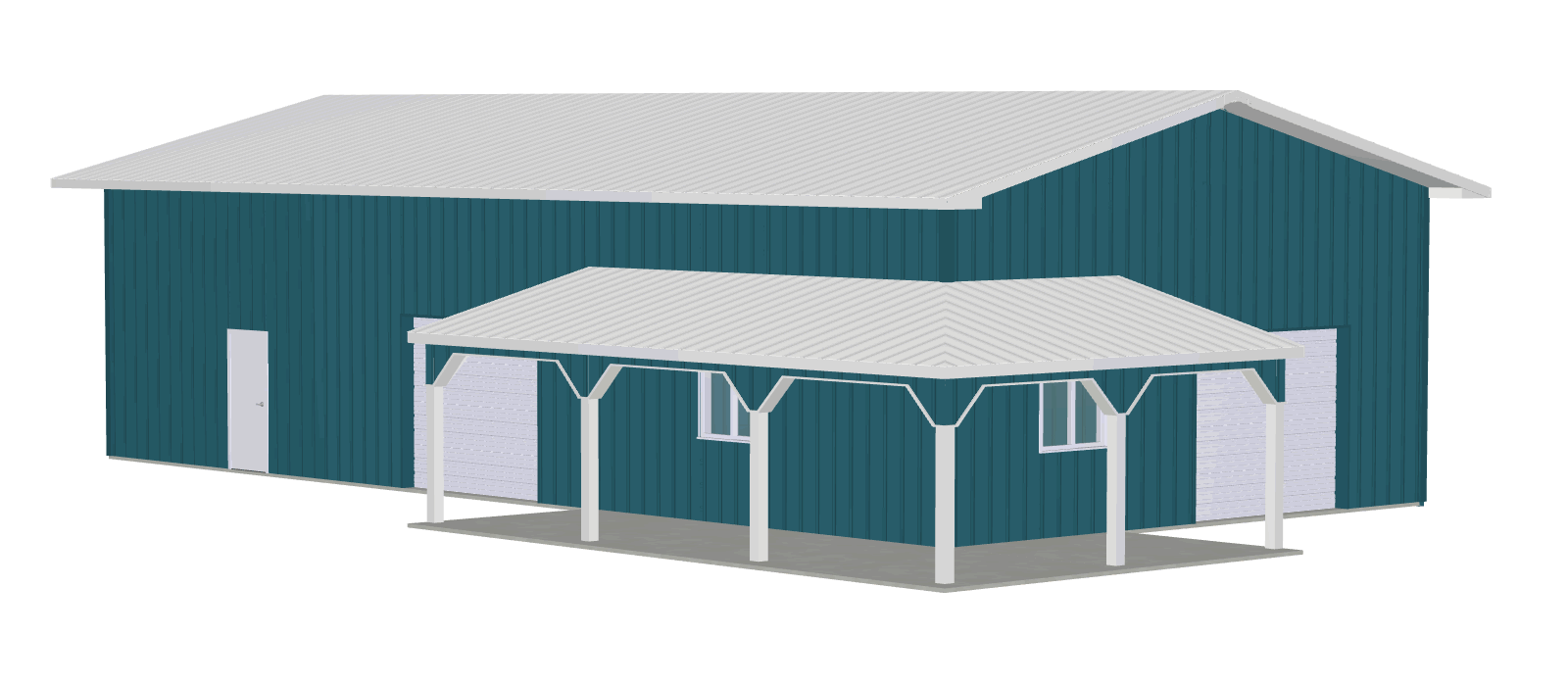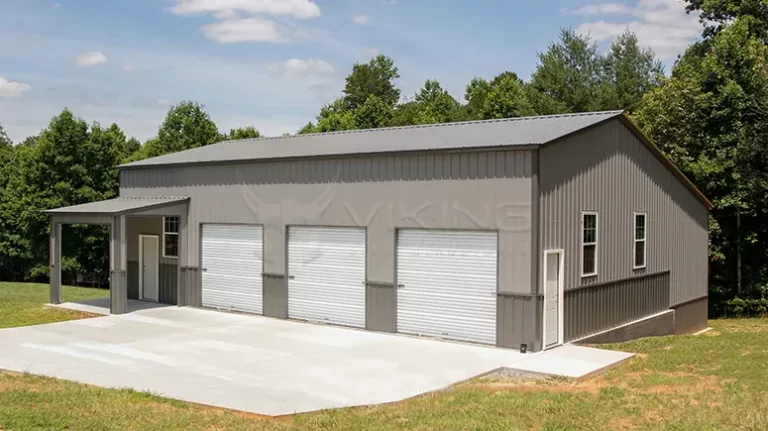Trusted Steel Buildings: Proven Solutions for Agricultural, Industrial, and Residential Requirements
Trusted Steel Buildings: Proven Solutions for Agricultural, Industrial, and Residential Requirements
Blog Article
The Affordable Benefit of Steel Buildings: Why Select This Superior Alternative
Steel structures have emerged as a compelling choice in the realm of construction for a wide variety of factors. From their durable sturdiness to cost-effectiveness and lasting qualities, steel frameworks provide a range of benefits that establish them apart in the market. The one-upmanship that steel buildings hold extends far beyond their initial charm, making them a recommended alternative for those looking for durability and versatility in their building and construction tasks. As we check out the realm of steel constructions, it ends up being apparent why this premium option has garnered substantial focus from engineers, architects, and developers alike.
Sturdiness and Long Life
In the realm of building, resilience and long life are basic facets that underscore the worth proposal of steel buildings. Steel is renowned for its effectiveness and capacity to withstand different ecological conditions, making it a suitable choice for durable frameworks. Unlike traditional products like timber or concrete, steel does not warp, fracture, or rot gradually, ensuring that a steel building stays structurally sound for years.
One key variable contributing to the toughness of steel buildings is their resistance to pests such as termites, which can trigger considerable damages to wood frameworks. Steel is additionally non-combustible, reducing the risk of fire damage and enhancing the security of occupants. In addition, steel structures call for marginal upkeep contrasted to various other building and construction products, conserving both time and cash in the future.
Furthermore, developments in steel manufacturing innovation have even more improved the durability of steel structures by enhancing deterioration resistance and architectural honesty. With proper care and maintenance, a sound steel building can last more than half a century, supplying a trusted and long lasting option for various building needs.
Cost-Effectiveness
With its many financial advantages, steel as a structure product supplies an engaging economical service for numerous building projects. The cost-effectiveness of steel structures stems from several crucial factors. To start with, the preliminary expense of steel may be greater than some typical products, yet the long-term financial savings are considerable. Steel frameworks require marginal upkeep, reducing repair service and replacement expenses gradually. Additionally, steel is very resilient, which converts to lower insurance policy premiums because of lowered risk of damages from components such as fire, insects, and all-natural disasters.
Moreover, the building procedure with steel is faster and much more reliable contrasted to other materials, causing lowered labor costs and earlier project completion. Steel structures are also energy-efficient, enabling for financial savings on cooling and heating expenditures. The flexibility of steel permits for simple growth or adjustment, saving on future building expenses by removing the requirement for considerable improvements. Overall, the cost-effectiveness of steel buildings makes them a smart investment for various construction requirements.
Convenience in Design
The adaptability of steel as a building material permits for a wide click this variety of cutting-edge design opportunities in construction projects. Steel structures offer unrivaled adaptability in design, making them a favored option for designers and home builders. One of the key benefits of steel is its strength-to-weight ratio, which makes it possible for the construction of big, open rooms without the requirement for extreme support columns. This structural performance permits modern-day and innovative layouts that might not be practical with other structure products.
Steel's flexibility likewise enables for customization to satisfy particular layout needs. Whether it's curved roofings, detailed facades, or unique geometric shapes, steel can be built to bring basically any type of layout idea to life. Furthermore, steel buildings can be conveniently expanded or modified, offering future adaptability for adjusting to altering requirements.
Additionally, the use of steel in building permits lasting design methods. Steel is extremely recyclable, reducing environmental impact and promoting eco-friendly building and construction. Its sturdiness and resistance to rust make sure that steel structures keep their aesthetic charm and structural stability for additional hints many years to find. Inevitably, the flexibility of steel in style not only improves the visual appeal of buildings but likewise adds to their durability and performance.

Lasting Building And Construction Practices
Building upon the foundation of versatility in layout, lasting construction practices in steel structures play a critical duty in mitigating ecological impact and promoting long-lasting green solutions. When steel buildings reach the end of their lifecycle, the steel elements can be reused and utilized in brand-new building and construction tasks, lowering the need for raw products and decreasing waste. In addition, the power efficiency of steel buildings adds to sustainability efforts.

Fast Building And Construction Timeline

In addition, the structured process of setting up steel structures reduces building and construction time dramatically. The simpleness of steel structure style and the ease of assembly contribute to faster project click reference completion, making it an optimal option for customers with time-sensitive demands (steel buildings). Additionally, the capability to service different components at the same time, such as site prep work and structure building together with steel fabrication, more increases the total building and construction timeline
Verdict
In verdict, steel structures supply an affordable advantage due to their resilience, cost-effectiveness, versatility in design, lasting building and construction practices, and quick building and construction timeline. These aspects make steel buildings a superior alternative for different building projects, offering long-term benefits and value. Selecting steel buildings can bring about improved performance, performance, and sustainability in the building and construction market.
Unlike traditional products like wood or concrete, steel does not warp, split, or rot over time, making sure that a steel structure stays structurally audio for decades.
The flexibility of steel as a building product allows for a large range of innovative style possibilities in building jobs.Structure upon the foundation of versatility in style, lasting building and construction practices in steel buildings play a crucial function in mitigating ecological influence and advertising long-term environment-friendly remedies. When steel buildings reach the end of their lifecycle, the steel elements can be reused and made use of in brand-new construction projects, minimizing the need for raw products and decreasing waste.In conclusion, steel buildings offer a competitive advantage due to their toughness, cost-effectiveness, convenience in layout, lasting construction practices, and fast building timeline.
Report this page